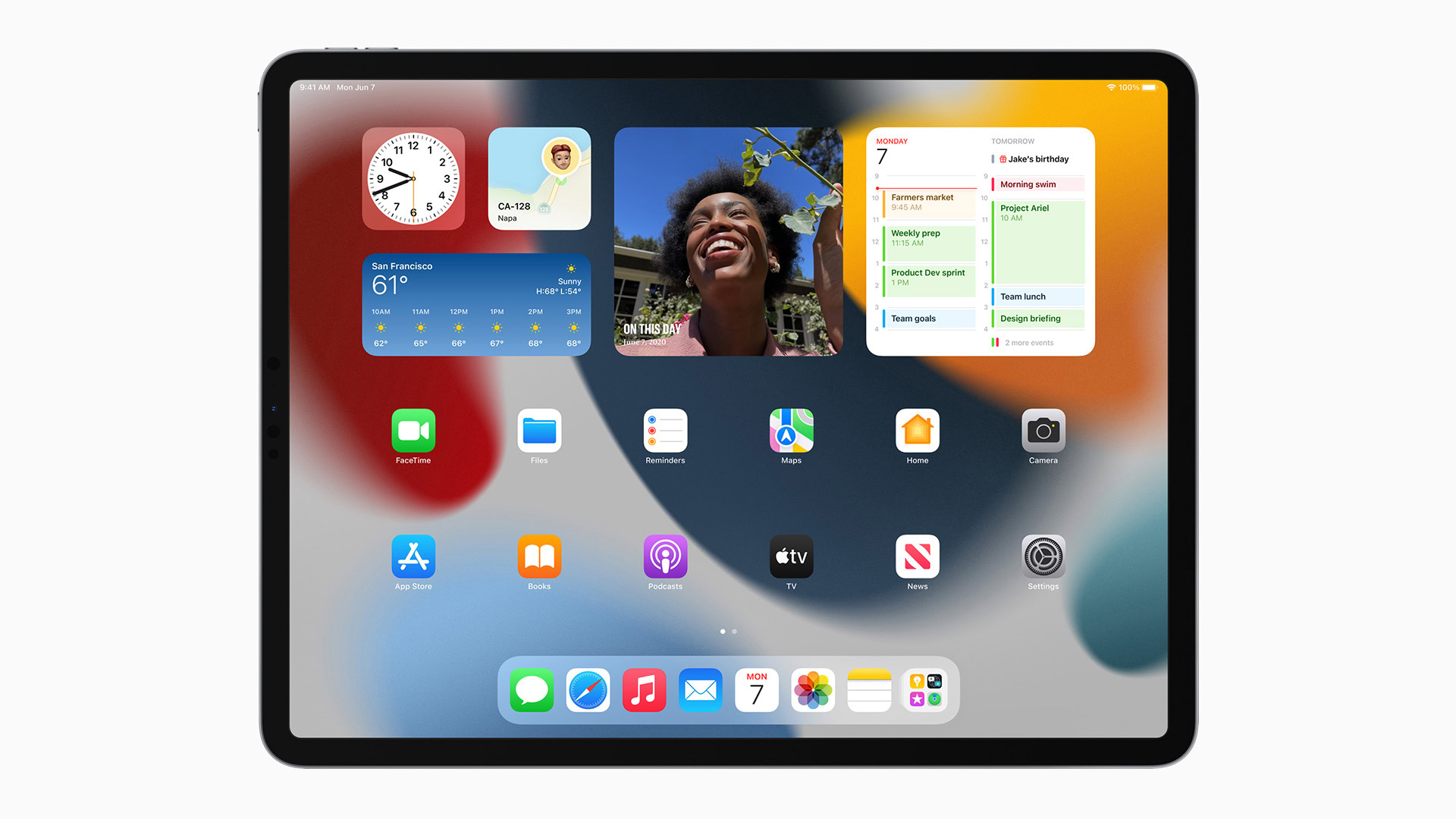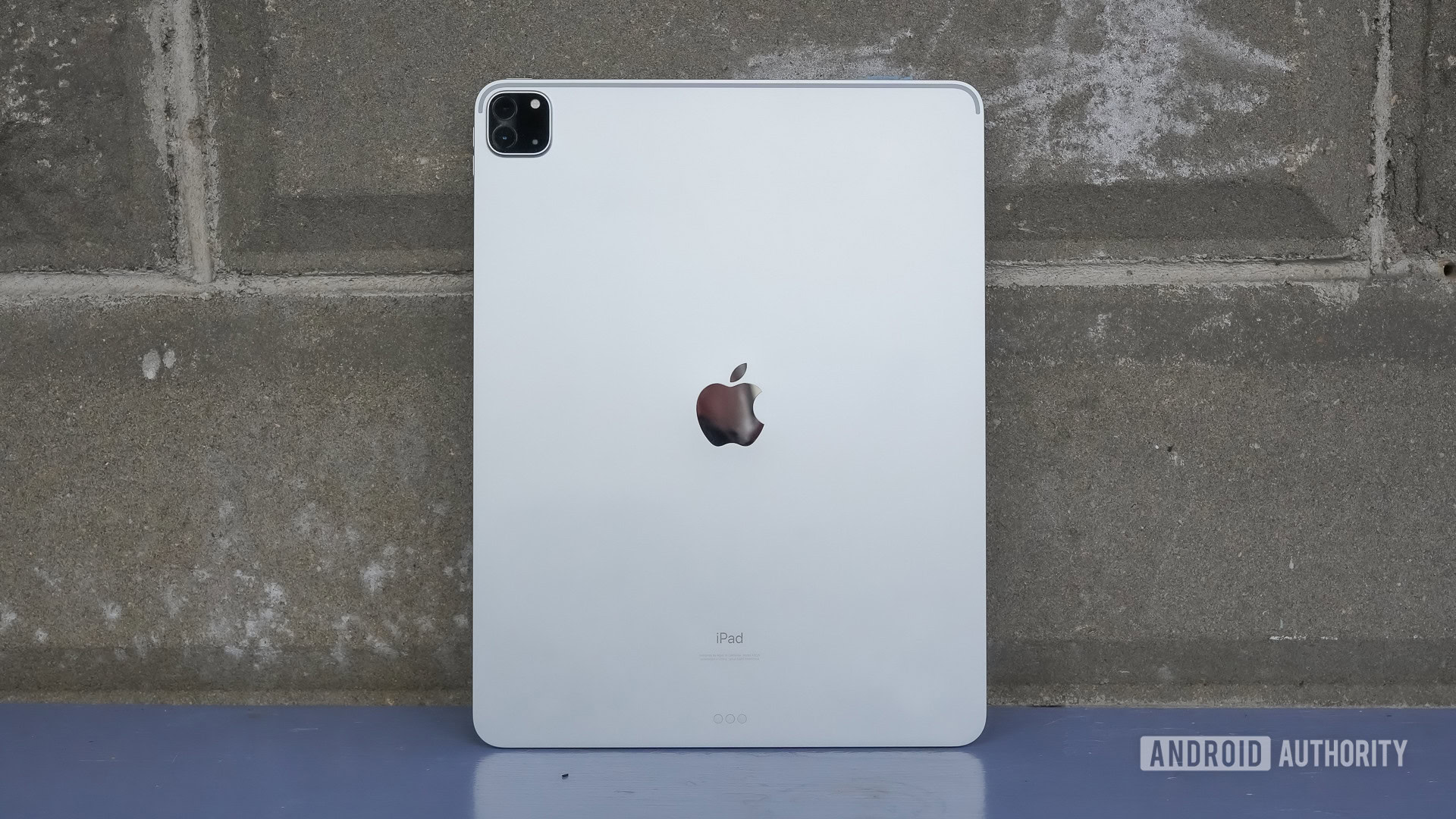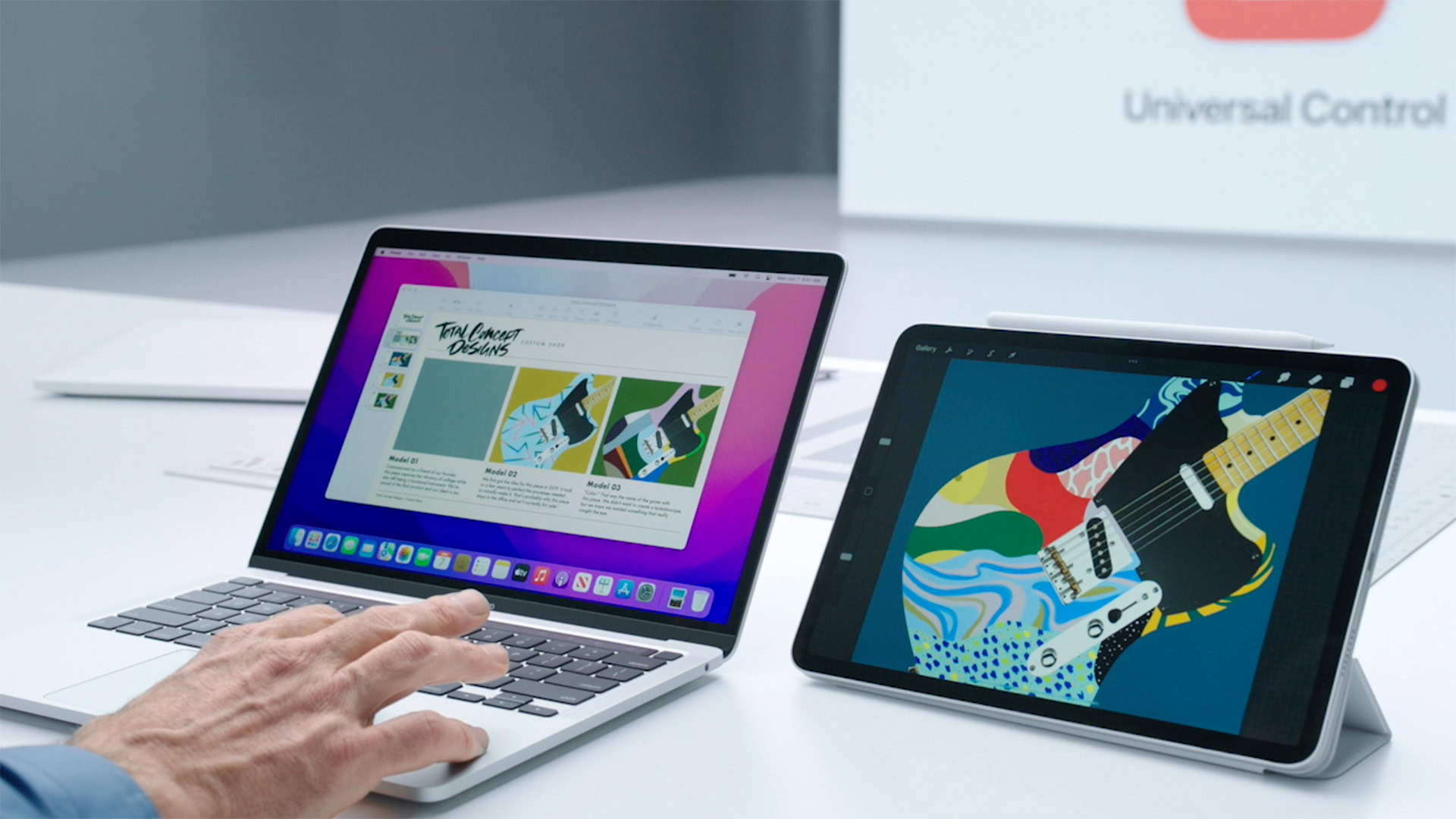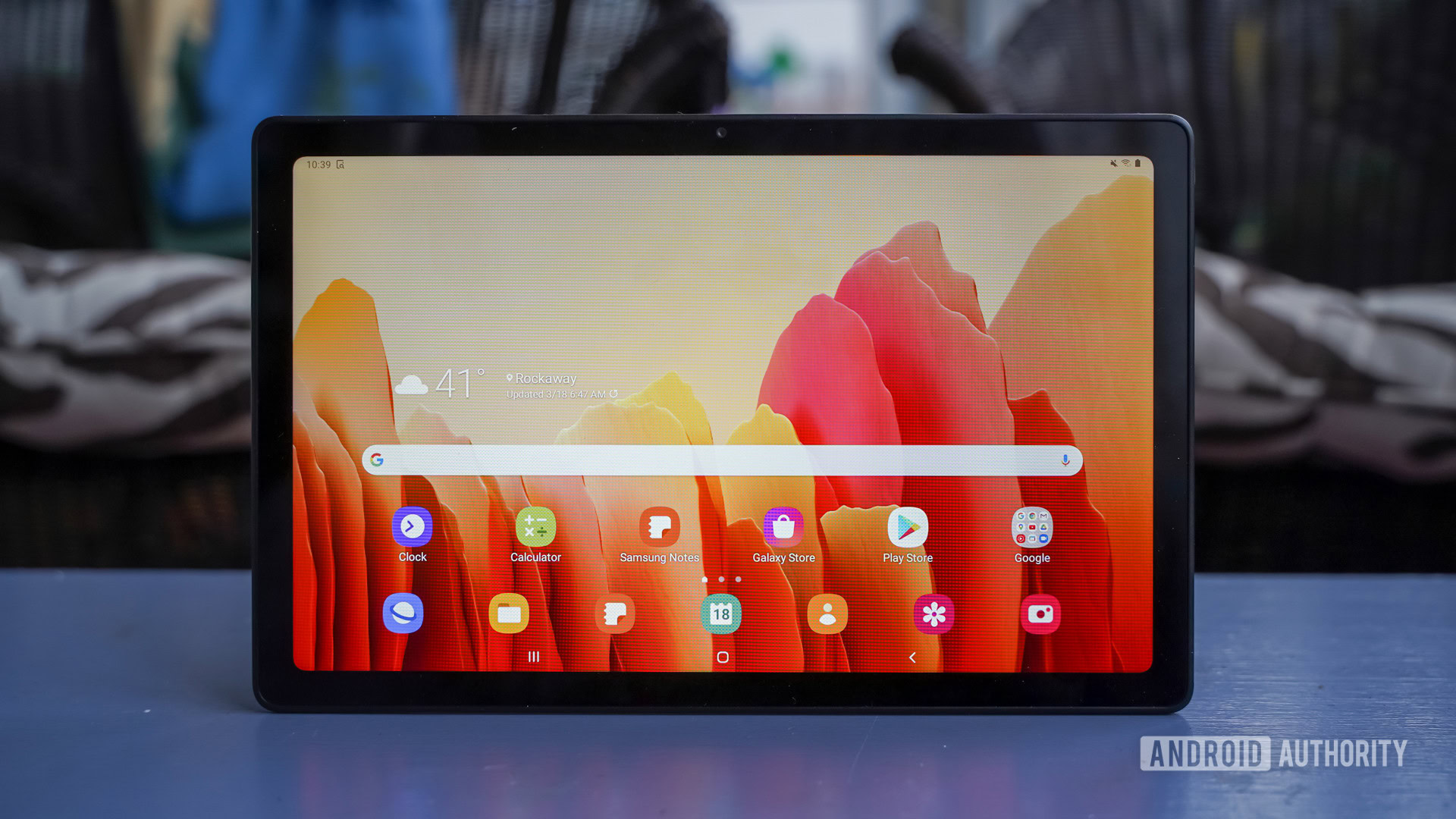Affiliate links on Android Authority may earn us a commission. Learn more.
Apple's iPadOS 15 is a wake-up call for Android tablet makers
June 7, 2021

It’s no secret that Google and Android tablet designers have struggled to compete against the iPad in recent years. While most tablets are still Android-based, IDC estimated that Apple’s slate gained share at the start of 2021. Even those Android brands that grew may have been doing so at HUAWEI’s expense. The Android tablet market might not be dying, but it’s not exactly healthy.
And that’s particularly concerning now that Apple has introduced iPadOS 15. The new iPad software plays catch-up not just on obvious Android tablet features but also on those advanced functions you usually only see from high-end rivals like Samsung. There are even a few features that blow past what you’ll find in Android tablets today. Simply speaking, the new platform should raise alarm bells at Google, Samsung, and others in the Android ecosystem — they risk losing what advantages they had if they don’t take tablets more seriously.
More: With iOS 15 and iPadOS 15, Apple seeks the privacy crown
It’s all about the details

To some extent, this new release is about eliminating some of the common gripes that might lead you to buy an Android tablet rather than looking at the iPad range. True home screen widgets and an app drawer? They’re here. A built-in web browser with extensions? Done. Apple overhauled its maligned notification system, too, so you won’t miss Android quite so much as you check your missed alerts. They’re welcome updates, but nothing earth-shattering.
See also: The best Android tablets
However, iPadOS 15 also rolls in some of the more esoteric features you would expect to see in a premium Android tablet like the Galaxy Tab, not an iPad. Apple appears to have largely fixed multitasking with an interface that’s often as good as (and possibly better than) what you’d find in Samsung’s One UI. There’s even a Samsung-style Quick Note feature that lets you quickly jot down a memo regardless of what’s on screen. You don’t even need to hover or click a button.
Yes, the more advanced features already had rough equivalents in the Android tablet world for years, but they also show how far the iPad has come. Apple has caught up to the point where it’s now tackling some of those tools Android tablets love the most. If you were mainly sticking to Android tablets for the widgets and multitasking, what’s left to keep you now?
A few (potentially) deadly blows

However, a few new iPad features might create a real crisis for the Android tablet realm, as they don’t have any truly competitive equivalents.
The textbook example is Universal Control. If you have both an iPad and a Mac, you can not only steer that iPad from your computer but drag content between the two devices as if they were two displays for one machine. And did we mention there’s no setup involved? There’s just no equivalent to this on an Android tablet — you can sync data with a Windows PC, of course, but Apple’s approach on the iPad is that much more seamless and quick. It certainly makes a more compelling case if you’re likely to shuffle media between devices.
There’s more. The iPad will soon have an official on-device programming tool, thanks to Swift Playgrounds. Where’s Google’s equivalent? Focus helps you cut distractions while you’re working or winding down, and it’s a lot more than a simple do-not-disturb toggle. Although you probably won’t buy a tablet with coding or Zen concentration as a requirement, the lack of direct Android equivalents might well bolster the case for buying an iPad if they’re even vaguely under consideration.
Google and friends need to act fast

There’s still a laundry list of things an Android tablet can do better than any iPad despite this new software. There are no indications the (frequently awkward) file system is any more sophisticated. Apple’s App Store guidelines will still limit apps. And as much as efforts like FaceTime on the web will help expand cross-platform support, there’s little doubt that Apple favors its services to the detriment of rivals. An iPad just isn’t for you if you prefer total control over app defaults.
Even so, iPadOS 15 is a sign that Google, Samsung, and others ought to move with a sense of urgency. The Android tablet landscape was already suffering between a dearth of native apps, slow progress on tablet-specific features, and vendors focused more on low-cost media players and niche uses than general-purpose computing like the iPad offers. Apple’s new software only worsens the situation. If Google and friends don’t move quickly, they might cede even more ground and find it that much harder to counter their main nemesis.
And that would be a shame, even if you’re an iPad fan. Android tablet creators help keep Apple honest by pushing it to expand iPad functionality and performance. A concerted effort to revive Android tablets could help the entire category by giving you more choices for powerful devices. That’s a win for everyone.
Thank you for being part of our community. Read our Comment Policy before posting.